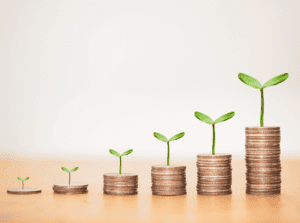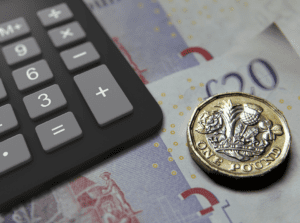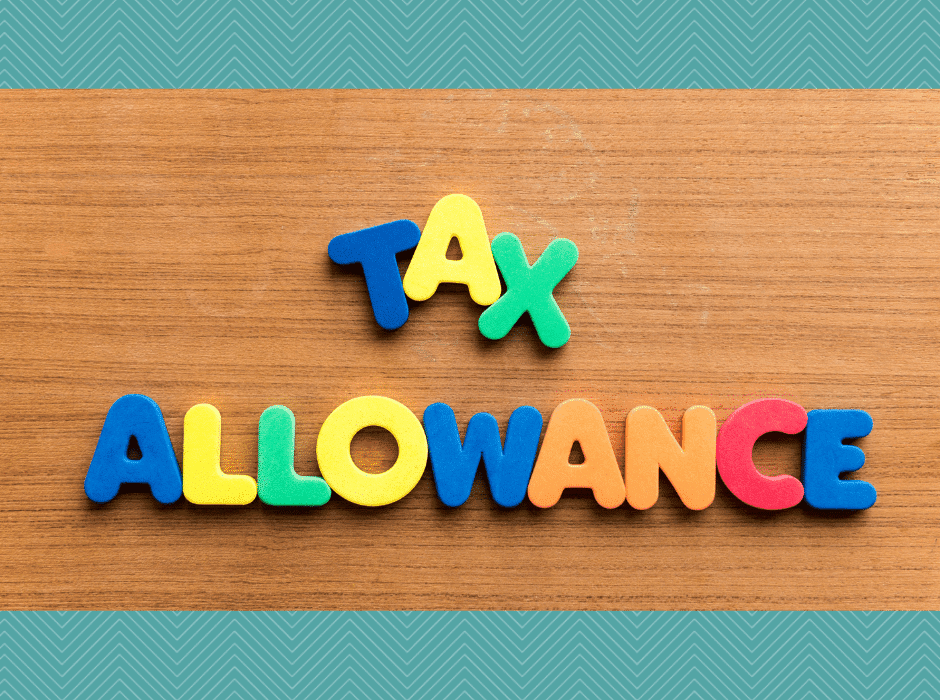Tax Allowances – a rough guide to maximising your tax-free income
In the 2021 budget, the Chancellor stated that most rates and allowances would be frozen until 2026 at their 2020/21 level. This tax allowances rough guide highlights the different allowances available for the various income types and how, by being aware of the range of allowances, you may be able to maximise your tax-free income.

Current 2022/23 Income tax rates
Basic rate tax is 20% and applies to the first £37,700 of taxable income.
The higher rate is 40% for 22/23 and is reduced by £1 for every £2 by which adjusted net income exceeds £100k.
Personal allowances
The Personal Allowance (PA) and basic rate limit, up to and including 2025 to 2026 is £12,570. This amount is reduced by £1 for every £2 by which adjusted net income exceeds £100k.
E.g. if your net income is £125,140 in 22/23 you will not receive a personal allowance. The loss of your personal allowance combined with a 40% tax rate, means the marginal tax rate increases to 60% for income falling between £100k and £125,140. To reduce the income attracting the high marginal rates you may want to consider the following to limit the impact of the 60%:
- Delay your income
- Making a pension contribution
- Make a charity donation.
Married Couples Allowance
Married couples and civil partners where neither pays tax at the higher or additional rate can use the marriage allowance if one spouse or civil partner has income which is below the personal allowance of £12,570.
For the person in the partnership who is unable to use their full personal allowance can transfer £1260 of it to their spouse or civil partner to increase the recipient’s pa to £13,830 while reducing the donor’s pa to £11,310. This measure can save a couple up to £252 in tax in 2022/23 (that is £1260 taxed at 20%).
Savings tax breaks
Depending on your circumstances there are a few tax breaks for savings income for differing amounts to be given tax-free. In addition to the PA basic and higher rate taxpayers have a separate savings allowance.

Savings allowance 22/23 rate
Depending on your own circumstances there is a tax-free savings allowance which is separate from your personal allowance. In 2022/23 the Personal Savings Allowances for tax free savings are:
- Basic rate taxpayers £1,000
- Higher rate taxpayers £500.
The new Personal Savings Allowance means that basic rate taxpayers do not have to pay tax on the first £1,000 of savings income they receive and higher rate taxpayers do not have tax to pay on their first £500 of savings income.
Starting rate for savings
A separate savings starting rate of 0% applies where non-taxable savings income is not more than £5k.
This means that you may also get up to £5,000 of interest and not have to pay tax on it.
The more you earn from other income (for example your wages or pension), the less your starting rate for savings will be.
This means that if your other income is £17,570 or more…you’re not eligible for the starting rate for savings if your other income is £17,570 or more.
If your other income is less than £17,570…your starting rate for savings is a maximum of £5,000. Every £1 of other income above your Personal Allowance reduces your starting rate for savings by £1.
Savings income from ISAs is received tax free and does not count towards your personal or savings allowances.

Dividends
For the tax year 2022/23 the dividend allowance stays at £2,000. This amount is available to all individuals regardless of tax band. Please be aware, that this is essentially a nil rated tax band for dividends within the allowance being taxed at zero rate.
| 21/22 rates | 22/23 rates | |
| Dividend ordinary rate | 7.5% | 8.75% |
| Upper dividend rate | 32.5% | 33.75% |
| Additional dividend rate | 28.1% | 39.35% |
Dividends are treated by HMRC as the top slice of income and are taxed at the dividend rates of tax rather than at the normal income tax rates as they are income from profits which will already have incurred corporation tax. For more information on tax rises for dividends from April 2022 please see a blog from our website (link below).
Tax free income
The maximum amount of tax-free income will depend on your situation. If you have a mix of income streams from dividends to ISAs then it is possible to make savings on tax.
Case study
David has the following income:
Taxable non-savings (non-dividend) income £12,570
Savings income £6,000
Dividend income £2,000
He can benefit from £20,570 of tax-free income.
If he was in receipt of the marriage allowance or the married couple’s allowance the tax-free amount would be higher and be increased with any non-taxable income, (ISAs for example). For spouses and partners, you can maximise your income and underlying investments by optimising all available allowances and the lowest possible rates for taxable income.
We hope you found this Tax Allowances rough guide article useful to inform your personal financial decisions. Get in touch if you would like a free ‘no-obligation’ call with us to discuss your business.
Glossary
Non-savings income – income from tax-free accounts
See our article on tax rises for dividends from April 22 https://teamsas.co.uk/tax-rises-on-dividends-from-april-2022/
HMRC Reference link
If you would like to discuss how we can support your business with our finance and accounts outsourcing and virtual CFO services, please get in touch.
Use of this guide is for reference only. The information included here was correct at time of publication. Specialist Accounting Solutions Ltd accepts no liability for any errors therein or any losses or damages arising from it.



